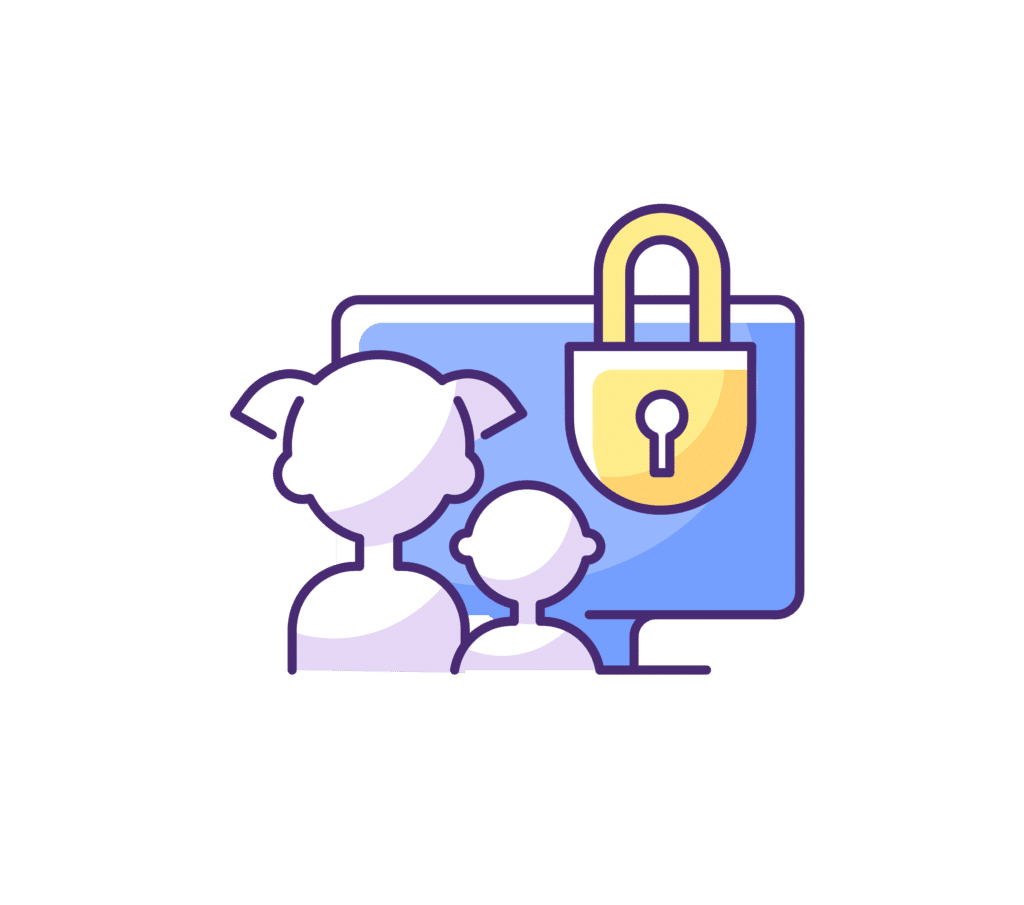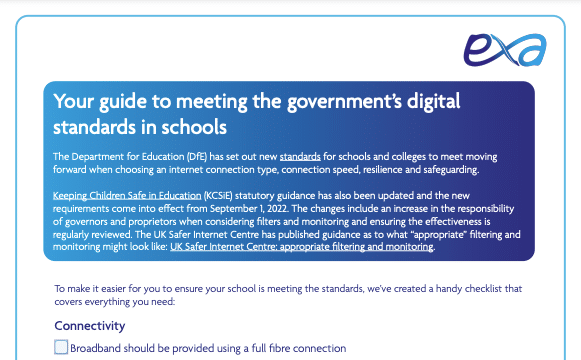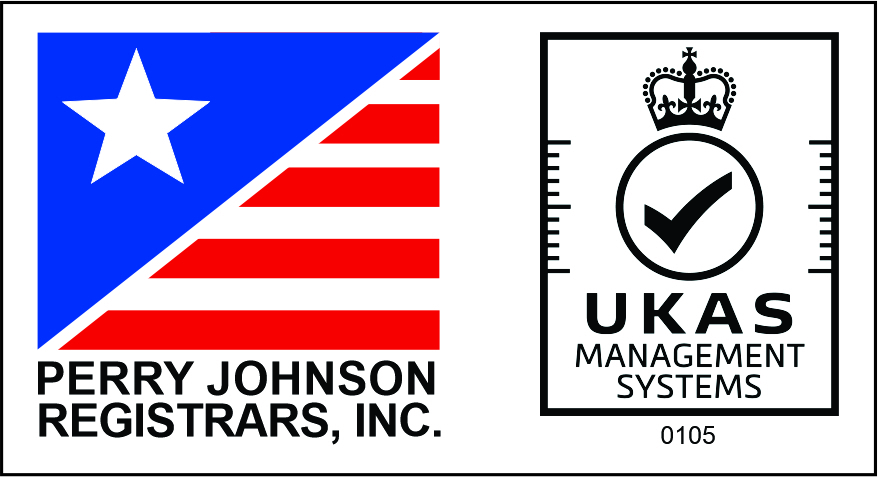Keeping Children Safe in Education (KCSiE) statutory guidance has been updated and the new requirements come into effect from today, September 1, 2022.
Being exposed to:
- Pornography
- Fake news
- Racism
- Misogyny
- Self-harm & suicide
- Anti-Semitism
- Radicalisation & extremism
Being subjected to:
- Peer to peer pressure
- Commercial advertising
- Adults posing as children or young adults with the intention to groom or exploit them for sexual, criminal, financial or other purposes
Online behaviour that increases the likelihood of, or causes, harm; for example:
- Making, sending and receiving explicit images (e.g. consensual and nonconsensual sharing of nudes and semi-nudes and/or pornography)
- Sharing other explicit images
- Online bullying
Risks such as:
- Online gambling
- Inappropriate advertising
- Phishing
- Financial scams

Filtering & Monitoring
Online threats are constantly evolving and as more dangers are found, content filtering and monitoring tools have become more important than ever before. The guidelines state that appropriate filtering and monitoring should be in place and their effectiveness regularly reviewed. The filtering and monitoring should:- Be informed in part on the risk assessment required by the Prevent Duty
- Still allow access to age appropriate educational content
- Provide staff training on the filtering and monitoring platforms, including how to report any incidents
- Consider the dangers of unlimited and unrestricted access to the internet via mobile phone networks and how this can be monitored in school
- Have a clear mobile and smart technology policy
Data security
Digital safeguarding goes beyond content filtering and monitoring. Since GDPR, people are more concerned than ever about how their data is stored and secured. This is especially the case for schools and academies. Data breaches can have real life consequences for children and teachers. In response to this, education providers should put the following in place:
- An appropriate level of security to protect staff & students, including antivirus protection and necessary firewalls
- A review of these procedures every few months to keep up with the latest cyber crime threats
Reviewing online safety
The changes also include an increase in the responsibility of governors and proprietors when considering filters and monitoring and ensuring the effectiveness is regularly reviewed. As part of their safeguarding, schools need to have:
- An annual review of online safety policies
- An annual online safety risk assessment
Training
By educating staff and pupils about online dangers, schools can lower the risks children face. The updated guidelines lay out how staff and children should be trained on digital safety. Any training provided by schools and academies should:
- Meet the specific vulnerabilities & needs of individual children, including children who:
- Are victims of neglect or abuse
- Have disabilities or special educational needs
- Match children’s age and stage of development (especially true when training children with SEND and other vulnerabilities)
- Ensure management and staff know the different risks children face online
- Educate staff about filtering and monitoring tools, and:
- How to manage them effectively
- How to escalate issues when recognised
The Exa Foundation can provide training to pupils and staff about staying safe & connected online. The Learning Programme is based on the UK National Curriculum. Workshops can be adapted to suit audiences in KS2, KS3, KS4, KS5 or alternatively as part of a CPD programme for teachers.
Policies
Governors and proprietors should ensure that online safety is part of a whole-school or college approach to safeguarding. The requirements above should run through different aspects of safeguarding and related policies and procedures. Schools need to think about:- How online safety is included in all relevant policies
- Online safety whilst planning lessons
- Any staff training
- The role and responsibilities of the designated safeguarding lead (and deputies)
- Any contact with parents
- A clear policy on mobile usage and smart technology
- How mobile internet is managed on their premises
Connectivity
The DfE has also set out new digital standards for schools and colleges which specifies the minimum requirements for internet connectivity type, speed and resilience. During the pandemic, schools had to move online. Teachers shared resources, videos, online activities, as well as presenting lessons through webinar tools like Zoom. The latest guidance takes this into account by stating schools need:
- Primary schools – At least 100Mbps download speed and 30Mbps upload speed.
- Secondary schools, colleges and all-through schools – 1Gbps download and upload speeds.
- A resilient connection with appropriate systems implemented:
- Back-up connectivity
- Multiple routers with automatic failover capacity
- Redundant power options on core active equipment
Copper connections such as ADSL and fibre-to-the-cabinet (FTTC) do not meet the new standards.
As you can see, the KCSiE standards are comprehensive and cover many aspects of child safety. The full document includes some useful resources.
We’ve made a handy checklist covering the different internet services laid out in the update.
If you’d like more information on our services, or on The Exa Foundation feel free to Contact Us.

Suggested Next Read





